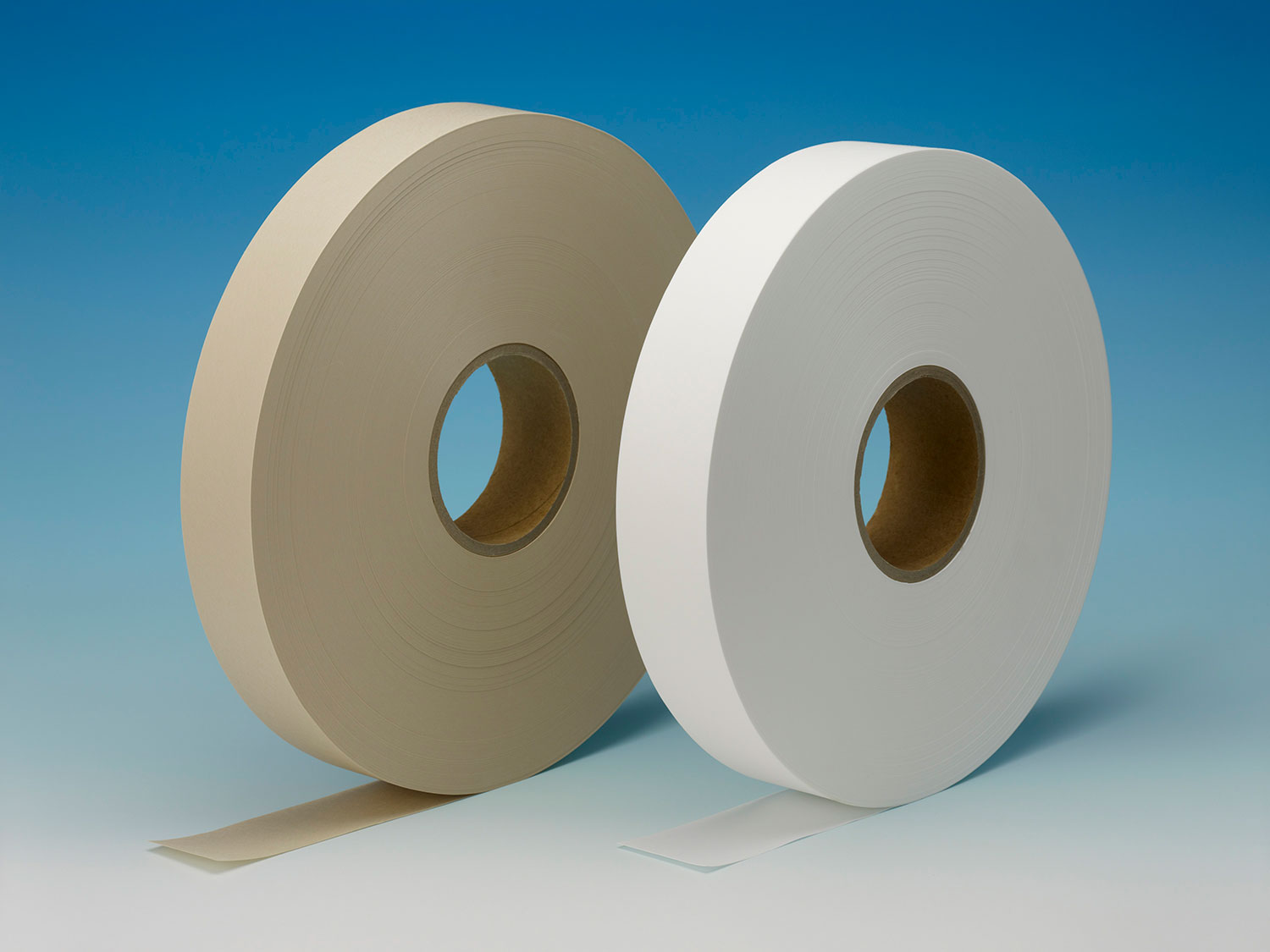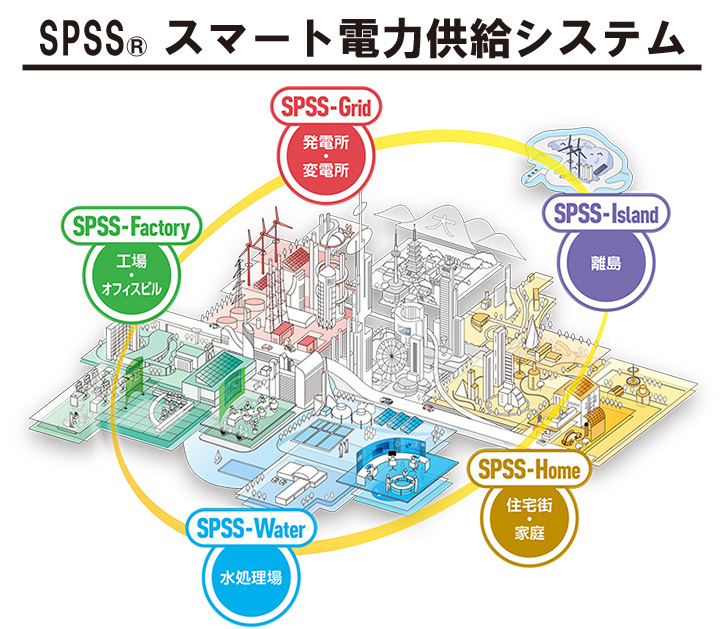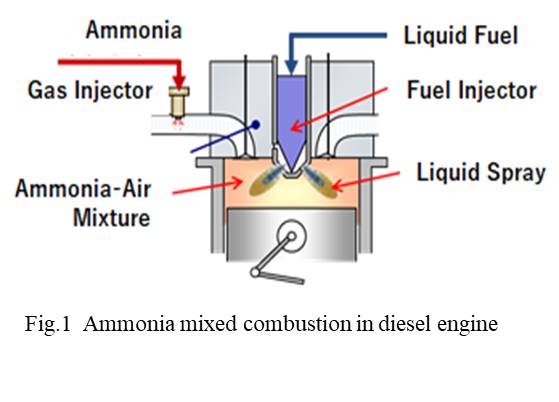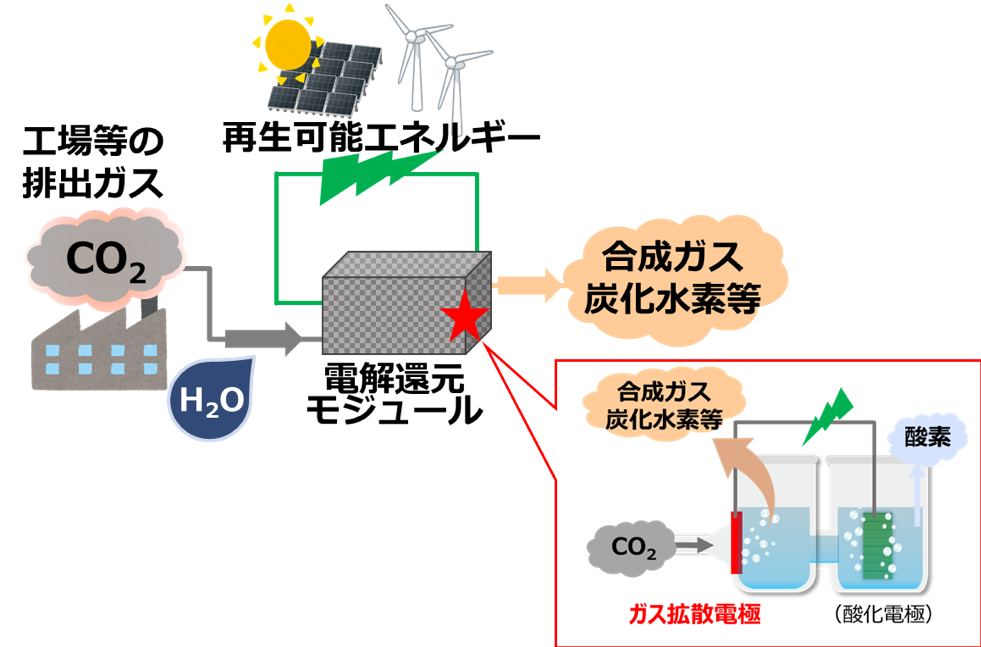Development of high-performance components for next-generation batteries
JAPAN VILENE COMPANY, LTD.
Outline
・We will develop ultra-thin separators and support materials for next-generation batteries, whether electrolytes statuses are solid or liquid. It is possible to increase battery capacity and suppress the internal resistance as low as possible by the development and it follows that energy-efficient battery will become reality.
・We will contribute to CO2 reductions by contributing to renewable energy storage using the technologies in place of fossil fuels.
・Ultimately, we aim to develop innovative batteries that can greatly contribute to CO2 reductions in the future by evolving the above-mentioned technologies.
Description
The secondary battery, which can repeatedly charge and discharge electric energy, is considered to be an essential technology for realizing a decarbonization society. In order to use renewable energy such as photovoltaic power generation and wind power generation without waste, secondary batteries are necessary, and the use of secondary batteries is advancing in transportation applications mainly for automotive. However, further performance enhancement, safety improvement, cost reduction, etc. of the secondary battery is required in order to realize a decarbonization society, and various next-generation batteries are under development for that purpose. There are many issues to solve in the development of next-generation batteries, and we will proceed with the following development to overcome some of them.
(Until 2030)
・In contrast to current separators for alkaline batteries, we will develop new separators that are extremely uniform, thin, and have improved mechanical strength that difficult to break, using nonwoven fabric technology. In addition, we will develop ultra-fine fibers with ultra-high strength and so on, that suitable for the separators.
・ For fuel cells, all-solid-state cells, we will develop support materials.
・ In parallel, we will develop high-performance thermal insulation materials for battery packs to maximize battery performance.
・ We will greatly contribute to CO2 reductions by new high-performance technology and expansion of the technology through the above-mentioned activities
(Until 2050)
・Based on the development of basic components to be implemented until 2030, we will develop the following components and find promising battery systems.
1) Development of a high-performance thin separator suitable for the promising battery system
2) Development of high-performance support materials for electrolyte
3) Development of ultra-high performance electrodes using nanofibers and nanoparticle technology
4) Development of ultra-high performance thermal insulation materials using nanofibers and nanoparticle technology
→ We aim to develop new battery and related components that integrate our technologies.
・ In the capacitor-related field, as other storage technologies, we will also attempt to apply high-performance separator components suitable for micro-energy harvesting technology. Of course, the cell will be capable of storing electric power collected by micro-energy harvesting (this technology is expected to develop in batteries for medical field and other applications after 2050).
Similar Innovation Challenges
Achieving net zero carbon emissions from paint finishing processes
Taikisha Ltd.
Activities for reducing GHG of business operations in Nissin Electric Group
Nissin Electric Co., Ltd.








-1人工光合成技術.jpg?id=2&tid=759&imageNumber=1)